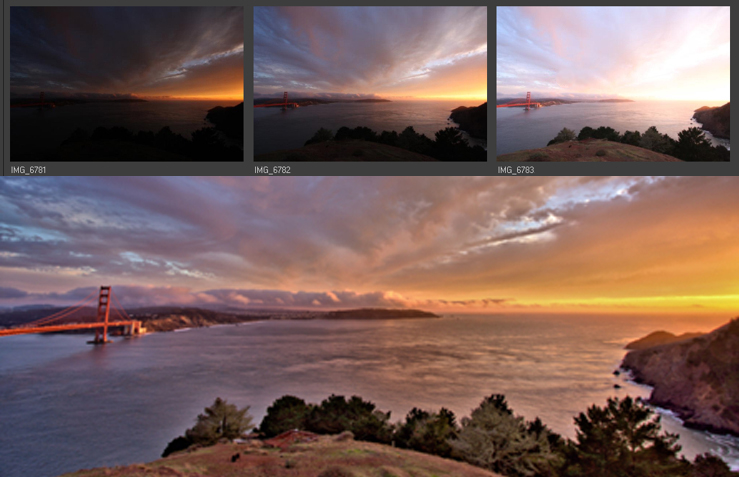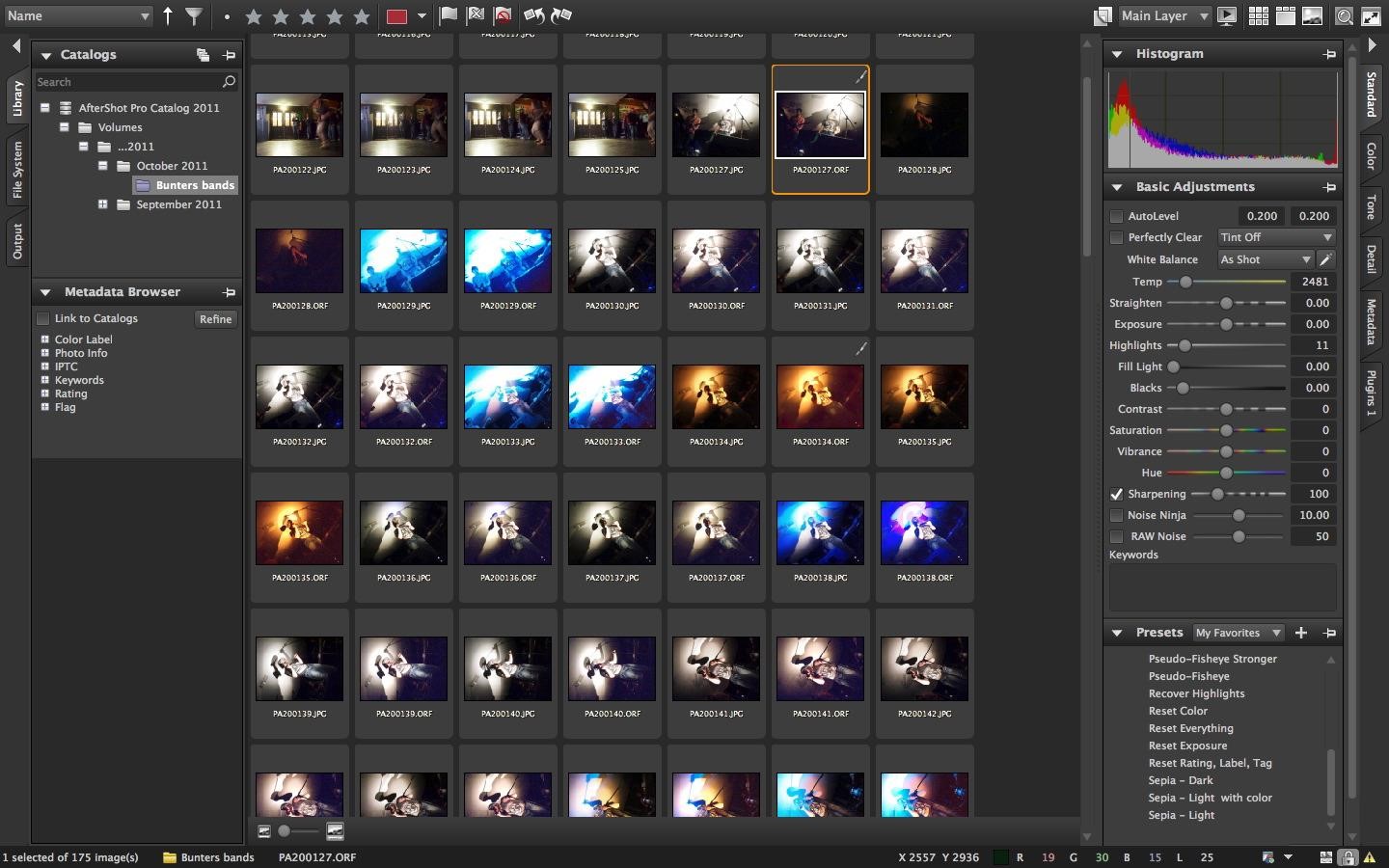
We will change a few lines to make a new camera profile that will work with DNG files shot with our camera. Go inside and find the Info.afpxml file.afzcam file and rename the file extension to. For example, I have a Canon 5D Mark III so I downloaded the Canon 5D Mark IV profile.
#COREL AFTERSHOT PRO 3 ADJUST SAVE FILE DOWNLOAD#


It takes longer to explain than to use-a truly fun and nuanced way to make fine-grained region selections.Enable DNG Support for Your Camera in Corel AfterShot Pro 3ĪfterShot 3 does not support DNG files well, despite their claims to the contrary. Put it inside the feathered part and scroll, and the degree of feathering changes. Put your mouse inside the core area and scroll, and the area instantly grows. What makes the tools cool is how they scale and control feathering: Each selection has an inner area (the core) and an outer one (the feathered part). Using the selection tools is surprisingly fun and intuitive: You can select circular areas, draw out polygons, create curves, or brush over areas of the image freehand. Once you have a layer, it’s time to select one or more regions of the image to adjust. Scaling and feathering selections is easy. You can have multiple Adjustment layers, and a single Heal/Clone layer per image. There are Adjustment layers, and then there are Heal/Clone layers. This presents one of the few confusing things about AfterShot Pro 2: You have two types of layers. You won’t find the Layer Manager on the sidebar: There’s a small button on the top toolbar, next to the name of the current layer (which is always Main Layer if you’re not using layers). But if you do like to work with layers and selective regions, they’re very easy to turn on. Not the image adjustments, but the way the tools are built into the interface: If you don’t usually need layers, you won’t even notice they’re there. The first thing I noticed about the layer tools was how subtly they’re implemented. This is a concept any Photoshop user is familiar with, and AfterShot makes it simple and fuss-free.

If you’re looking to make more selective adjustments, you need to start working with layers. It’s a different tool with a similar name, because it’s based on the same technology-but when used for noise removal, I found that it works well.īy default, all of these adjustments will affect the image as a whole. The Perfectly Clear moniker makes another appearance, this time under the Detail tab where it’s used for noise removal. Dig in, and you’ll find curve adjustment tools, color correction and balance, exposure controls, and more. There’s a vertical tool pane running across the window’s right side with clearly labeled tabs such as Tone, Details, and Metadata. It was not as impressive as I’d hoped.Īn image with Perfectly Clear applied (right) and without (left).įortunately, image adjustments are easy to make. This button is supposed to quickly optimize your images-sort of like Picasa’s I’m Feeling Lucky feature-but in actual use, I found that it mainly lightened images and made them more contrasty. Combined with AfterShot’s robust support for RAW images, this makes for a fun editing playground.ĪfterShot Pro 2 comes with a tempting button labeled Perfectly Clear. AfterShot lets you compare these versions side by side and adjust each independently-and when browsing your photo collection in thumbnail mode, you can stack image versions so they only take up a single thumbnail. Non-destructive editing also means you can easily create multiple versions of a given image and try out different adjustments. Image versioning takes some getting used to but comes in handy.

Any changes you make are fully reversible, since they’re saved alongside the original image in an XMP file. Working directly on the disk makes for very fast browsing, and you still get to enjoy one of AfterShot’s key features: non-destructive editing. You can choose whether you want AfterShot to import your photos into a database or work on the folder structure you already have on the disk (similar to what Picasa does). Thumbnails load quickly, and it’s easy to switch between different viewing modes.


 0 kommentar(er)
0 kommentar(er)
